Home>Furniture & Design>Kitchen Furniture>How To Baby Proof A Lazy Susan
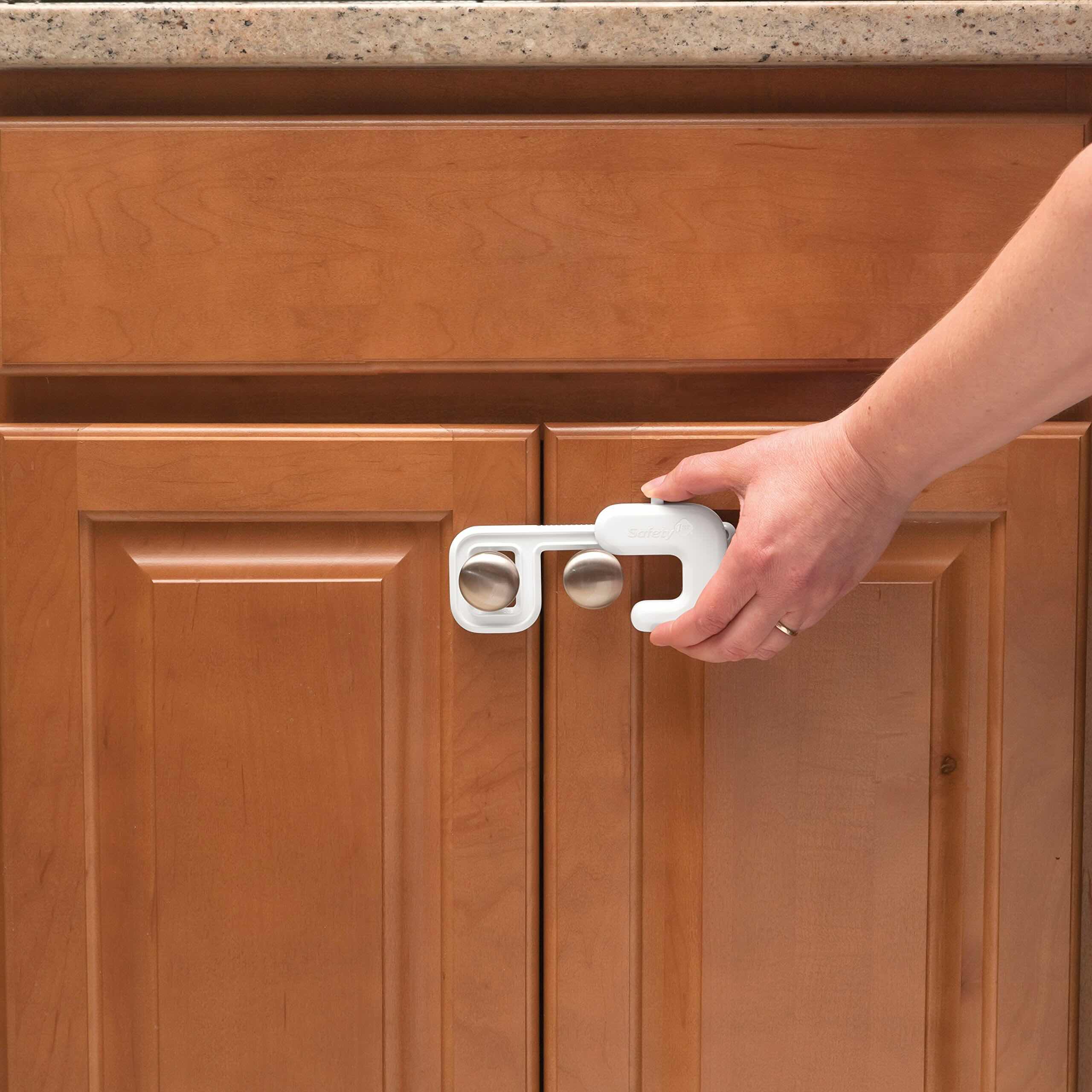

Kitchen Furniture
How To Baby Proof A Lazy Susan
Published: January 20, 2024
Learn how to baby proof your kitchen furniture and design with our comprehensive guide on baby proofing a Lazy Susan. Keep your little ones safe and your kitchen organized. Discover effective tips and products to create a child-friendly kitchen.
(Many of the links in this article redirect to a specific reviewed product. Your purchase of these products through affiliate links helps to generate commission for Storables.com, at no extra cost. Learn more)
Introduction
Welcome to the world of parenthood, where every nook and cranny in your home becomes a potential hazard for your little one. As you embark on this exciting journey, it's essential to prioritize safety, especially in areas that are often overlooked, such as the kitchen. The Lazy Susan, a beloved feature in many kitchens for its convenience, can pose a significant risk to curious toddlers. However, with the right knowledge and tools, you can transform this potential danger zone into a secure and child-friendly space.
In this guide, we'll delve into the art of baby-proofing your Lazy Susan, ensuring that your kitchen remains a safe haven for your little explorer. From understanding the risks associated with an unsecured Lazy Susan to selecting and installing the most effective baby-proofing products, we've got you covered. So, let's roll up our sleeves and embark on this journey to create a secure environment for your precious bundle of joy.
Key Takeaways:
- Keep your little one safe by baby-proofing your Lazy Susan. Understand the risks, choose the right products, and install them properly to create a secure and child-friendly kitchen environment.
- Organize and supervise to enhance safety. Store heavy items low, engage your child in safety conversations, and use visual cues to reinforce boundaries. Regularly inspect and maintain baby-proofing products for ongoing safety.
Read more: How To Childproof A Lazy Susan
Understanding the Risks
Before diving into the process of baby-proofing your Lazy Susan, it’s crucial to comprehend the potential risks that this kitchen fixture presents to your child. The Lazy Susan, with its rotating shelves, often stores a variety of items, ranging from heavy cookware to breakable dishes and potentially toxic cleaning supplies. When left unsecured, it can become a magnet for a curious toddler’s exploration, posing the risk of items toppling over and causing injury.
Furthermore, the accessibility of the Lazy Susan’s contents can lead to accidental ingestion of harmful substances or sharp objects, making it a high-priority area for baby-proofing in your kitchen. Additionally, the rotating mechanism itself can pose a risk of pinched fingers or hands, further emphasizing the need for proactive safety measures.
By acknowledging these potential hazards, you can approach the baby-proofing process with a clear understanding of the specific dangers posed by an unsecured Lazy Susan. This awareness will guide your decisions as you select and install the appropriate safety products, ensuring that your child remains out of harm’s way while maintaining the functionality of this essential kitchen feature.
Assessing Your Lazy Susan
Before embarking on the baby-proofing journey, it’s essential to assess the current state of your Lazy Susan to determine the most effective safety measures. Start by thoroughly examining the contents of the Lazy Susan, taking note of any potentially hazardous items such as heavy pots and pans, glassware, sharp utensils, or cleaning supplies. Consider relocating these items to higher, out-of-reach cabinets to minimize the risk of accidents.
Next, evaluate the structural integrity of the Lazy Susan itself. Check for any wobbling or instability in the rotating shelves, as these can increase the likelihood of items tipping over. Additionally, assess the ease of rotation and consider whether the mechanism poses a pinch hazard to small fingers. This assessment will help you identify specific areas that require attention during the baby-proofing process.
Furthermore, take into account the accessibility of the Lazy Susan within your kitchen layout. Is it positioned in a high-traffic area where your child is likely to encounter it frequently? Understanding the environmental factors surrounding the Lazy Susan will enable you to implement tailored safety solutions based on the unique characteristics of your kitchen space.
By conducting a comprehensive assessment of your Lazy Susan, you’ll gain valuable insights into the specific safety concerns that need to be addressed. Armed with this knowledge, you can proceed to select the most suitable baby-proofing products and installation methods to create a secure environment for your child while preserving the functionality of this indispensable kitchen feature.
Choosing the Right Baby Proofing Products
When it comes to safeguarding your Lazy Susan and keeping your little one out of harm’s way, selecting the appropriate baby-proofing products is paramount. With a plethora of options available, it’s essential to choose products that not only effectively secure the contents of the Lazy Susan but also seamlessly integrate into your kitchen’s aesthetic and maintain the convenience of accessing its contents.
One of the most popular baby-proofing solutions for a Lazy Susan is the installation of cabinet locks or latches. These devices are designed to restrict a child’s access to the contents of the cabinet while allowing adults to easily bypass the lock for convenient use. Look for sturdy, reliable locks that can withstand the rigors of daily use and effectively prevent the doors of the Lazy Susan from being opened by tiny hands.
Another essential consideration is the installation of corner and edge guards. These soft, cushioned protectors are ideal for mitigating the risk of injury from sharp corners and edges commonly found on Lazy Susan shelves. Opt for guards that are easy to install and firmly adhere to the surfaces, providing a reliable barrier against potential accidents.
For the rotating shelves themselves, consider utilizing adjustable shelf dividers to organize and secure the contents. These dividers not only prevent items from toppling over during rotation but also facilitate efficient organization, making it easier to locate and access stored items while maintaining a tidy cabinet space.
Furthermore, explore the option of installing door knob covers to prevent your child from easily opening the Lazy Susan’s doors. These covers are designed to deter little ones from accessing off-limits areas while allowing adults to operate the doors effortlessly.
As you explore the myriad baby-proofing products available, prioritize safety, durability, and ease of use. Additionally, consider the visual impact of the products to ensure that they seamlessly blend with your kitchen’s decor, creating a harmonious and child-friendly environment.
Install a child safety lock on the doors of the Lazy Susan to prevent little ones from accessing potentially dangerous items inside. Keep heavy or breakable items on higher shelves out of reach.
Installing Baby Proofing Products
With the carefully selected baby-proofing products in hand, it’s time to embark on the installation process to secure your Lazy Susan and create a safe environment for your child. Begin by thoroughly cleaning the surfaces where the safety products will be installed, ensuring that they are free from dust, grease, and debris. This will promote optimal adhesion and longevity of the installed products.
For cabinet locks or latches, carefully follow the manufacturer’s instructions for installation, ensuring that they are securely affixed to the doors of the Lazy Susan. Test the functionality of the locks to verify that they effectively restrict access to the cabinet’s contents while allowing for easy adult operation.
When installing corner and edge guards, measure and cut the guards to fit the specific dimensions of the Lazy Susan’s shelves. Ensure that the guards are firmly attached and cover any sharp corners or edges that pose a potential risk to your child. Periodically inspect the guards to confirm that they remain securely in place, making any necessary adjustments as needed.
Adjustable shelf dividers should be installed to create stable compartments within the Lazy Susan, preventing items from shifting or falling during rotation. Position the dividers to accommodate the various items stored in the cabinet, optimizing organization and safety. Regularly assess the dividers’ positioning to ensure that they effectively secure the contents of the Lazy Susan.
When applying door knob covers, ensure that they fit securely over the knobs, rendering them inaccessible to your child while maintaining their functionality for adult use. Confirm that the covers are properly aligned and firmly attached to prevent tampering by curious little hands.
Throughout the installation process, prioritize precision and attention to detail to guarantee the effectiveness of the baby-proofing products. Regularly inspect and maintain the installed products to uphold their functionality and continue safeguarding your child from potential hazards within the Lazy Susan.
Read more: What Is A Lazy Susan
Additional Tips for Baby Proofing Your Lazy Susan
While the installation of baby-proofing products is a crucial step in securing your Lazy Susan, there are additional measures and tips to enhance the safety of this kitchen fixture and create a child-friendly environment.
Firstly, consider organizing the contents of your Lazy Susan thoughtfully. Store heavy items on lower shelves to maintain the cabinet’s center of gravity, reducing the risk of tipping. Lighter and less hazardous items can be placed on higher shelves, out of your child’s reach. Additionally, consider utilizing storage containers with secure lids to contain small items and prevent spillage or ingestion.
Regularly inspect the baby-proofing products to ensure their effectiveness and address any signs of wear or damage promptly. This proactive approach will help maintain a secure environment for your child and prolong the longevity of the installed safety measures.
Engage your child in age-appropriate conversations about safety within the kitchen, including the importance of avoiding the Lazy Susan’s contents. By instilling an understanding of potential hazards and the boundaries set by the baby-proofing measures, you can empower your child to develop a sense of responsibility and awareness in the kitchen.
Consider incorporating visual cues to signal the off-limits nature of the Lazy Susan to your child. This can be achieved through the use of colorful decals or stickers placed on the cabinet doors, serving as a visual reminder of the restricted access for little ones while maintaining an inviting appearance for adults.
Lastly, supervise your child’s interactions with the kitchen, especially during the initial stages of implementing baby-proofing measures. By actively monitoring their behavior and guiding them away from potential hazards, you can reinforce the safety measures and create a secure environment that aligns with their developmental stage.
By implementing these additional tips and strategies, you can further fortify the safety of your Lazy Susan, fostering a secure and nurturing kitchen environment for your child to thrive in.
Conclusion
Congratulations on taking proactive steps to baby-proof your Lazy Susan and create a secure environment for your child in the heart of your home—the kitchen. By understanding the potential risks, assessing the specific needs of your Lazy Susan, and selecting and installing the right baby-proofing products, you’ve prioritized safety without compromising the functionality and convenience of this essential kitchen feature.
As you embark on this journey, remember that ensuring your child’s safety is an ongoing process. Regularly evaluate the effectiveness of the installed safety measures, making any necessary adjustments as your child grows and their needs evolve. Engage your child in conversations about kitchen safety, empowering them to develop awareness and responsibility in their interactions with the space.
By implementing thoughtful organizational strategies and incorporating visual cues, you can further reinforce the boundaries set by the baby-proofing measures, creating a harmonious environment that balances safety and accessibility. Supervision and guidance play a pivotal role in reinforcing the safety measures and nurturing your child’s understanding of the kitchen as a secure space for exploration.
Remember, the journey of parenthood is filled with moments of growth and learning, and by prioritizing safety in every aspect of your home, including the kitchen, you’re creating a nurturing environment where your child can thrive and develop with confidence.
Thank you for entrusting us with the guidance to baby-proof your Lazy Susan. May your kitchen continue to be a place of warmth, creativity, and safety as you embrace the joys of parenthood.
Frequently Asked Questions about How To Baby Proof A Lazy Susan
Was this page helpful?
At Storables.com, we guarantee accurate and reliable information. Our content, validated by Expert Board Contributors, is crafted following stringent Editorial Policies. We're committed to providing you with well-researched, expert-backed insights for all your informational needs.
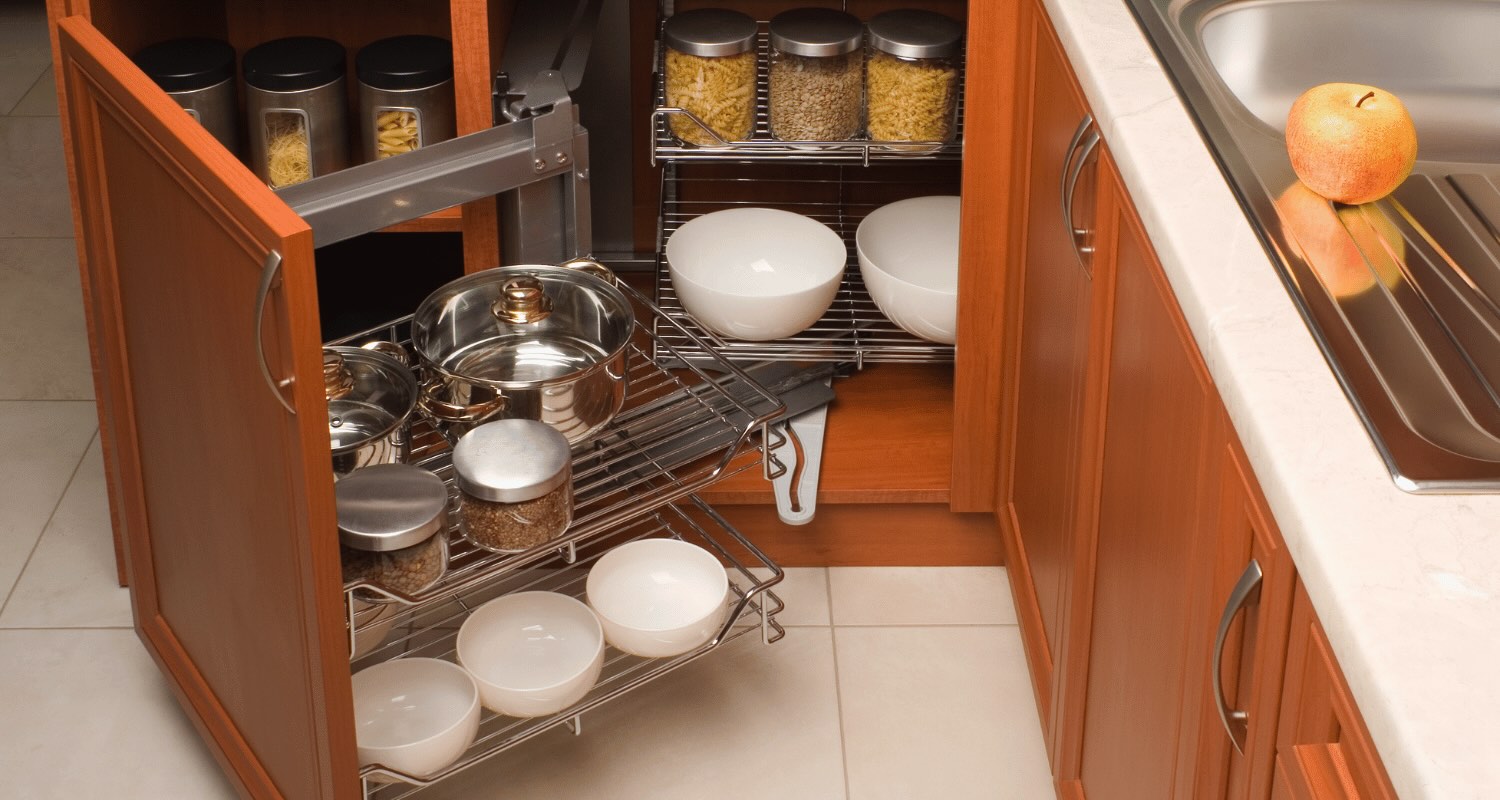
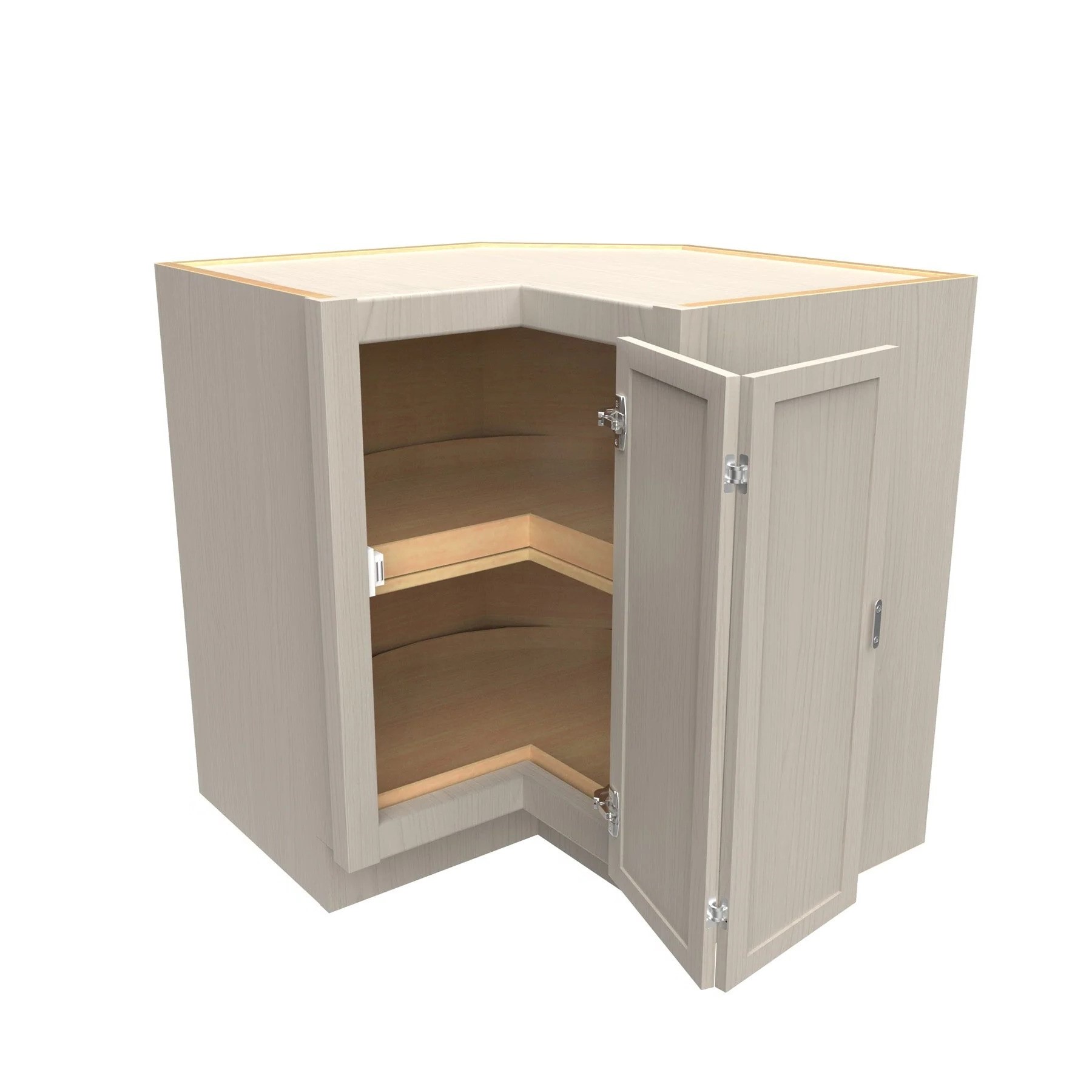
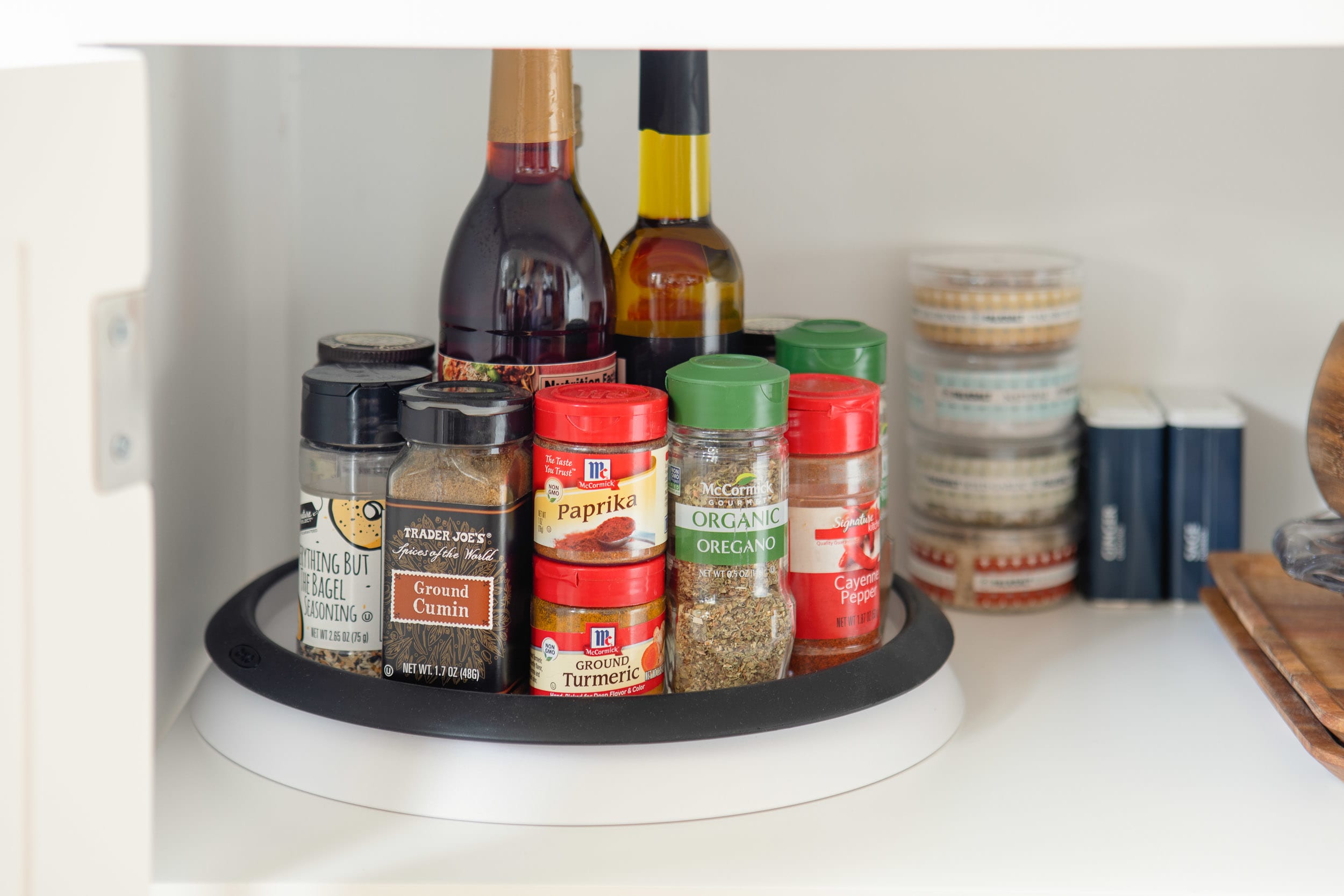
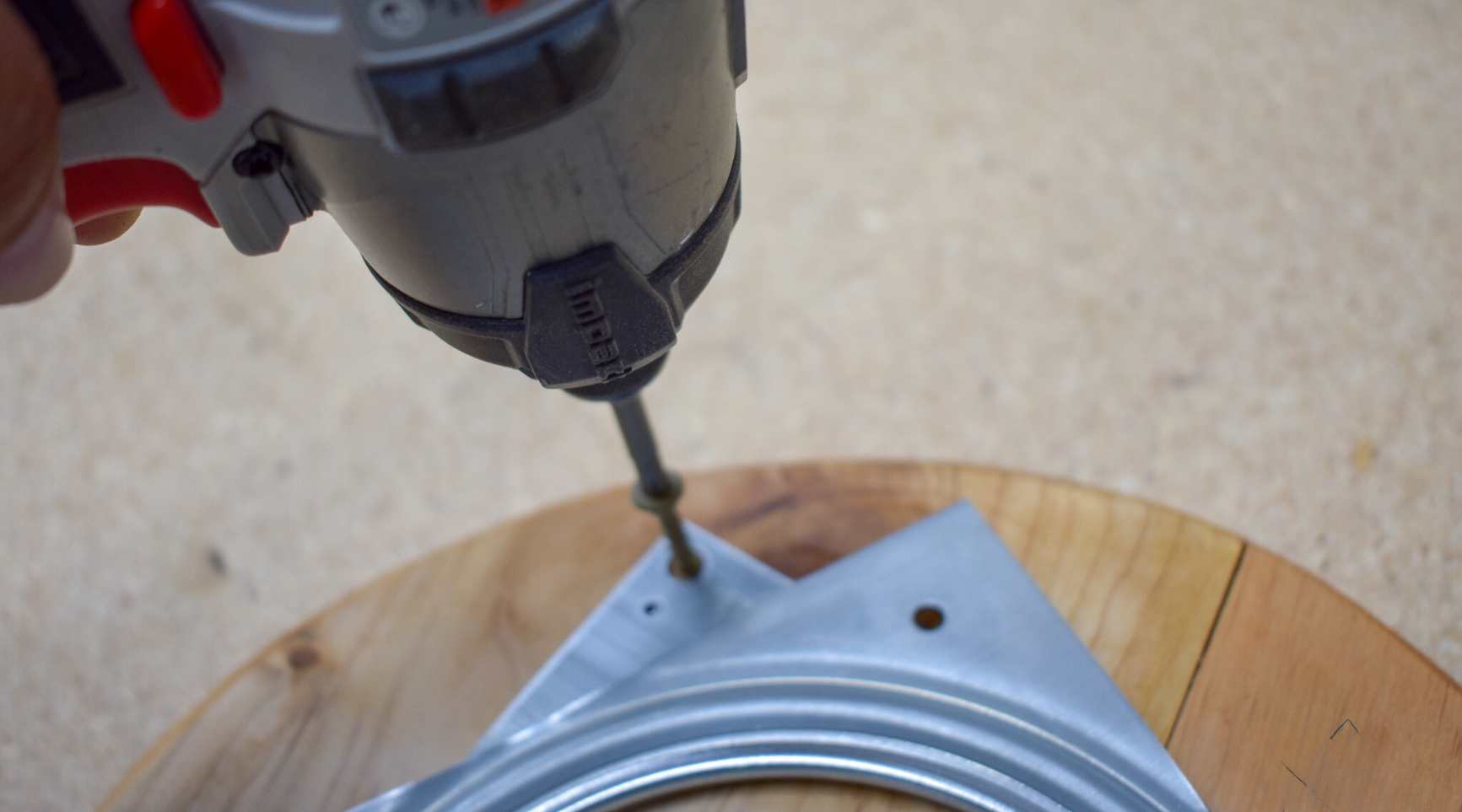
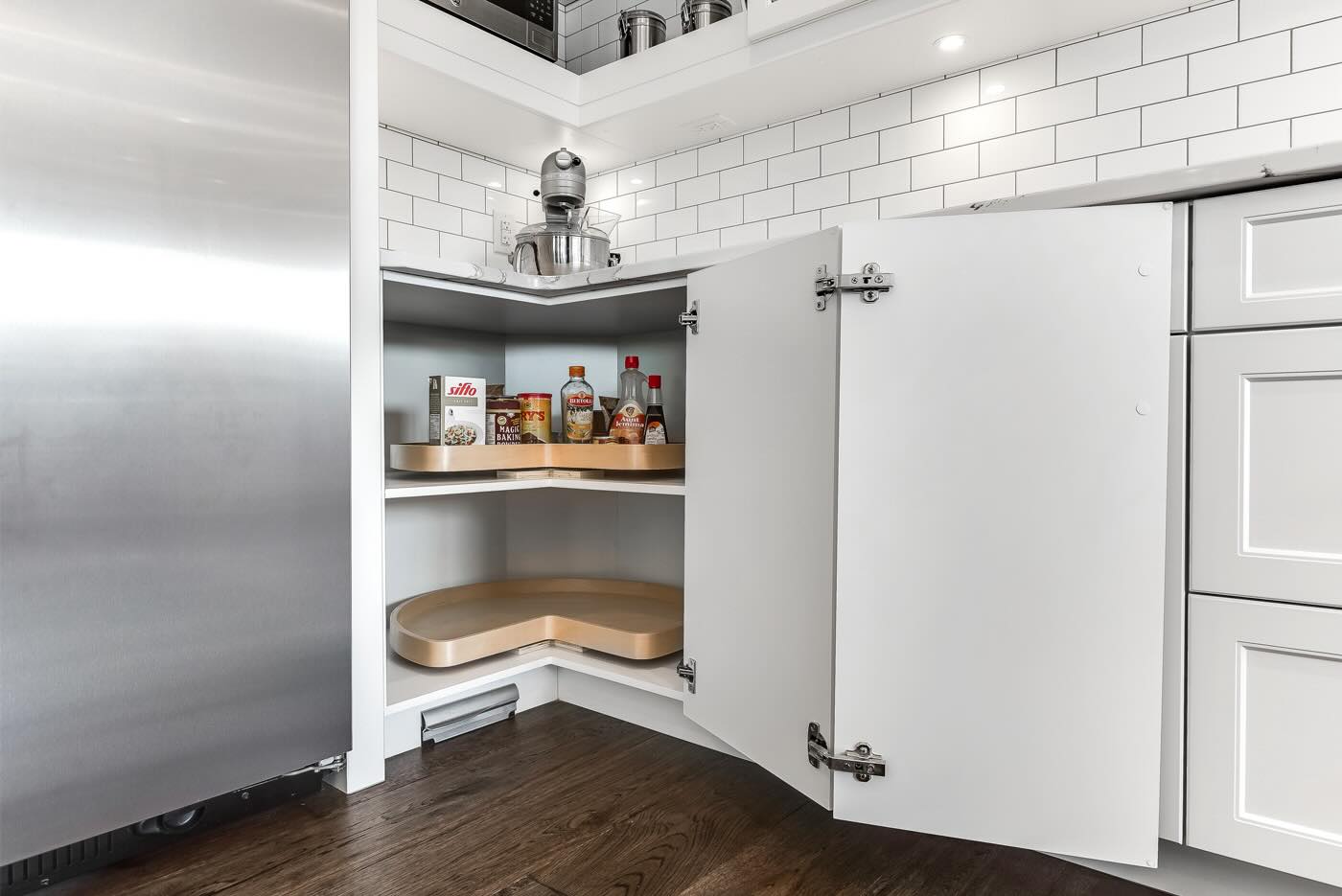
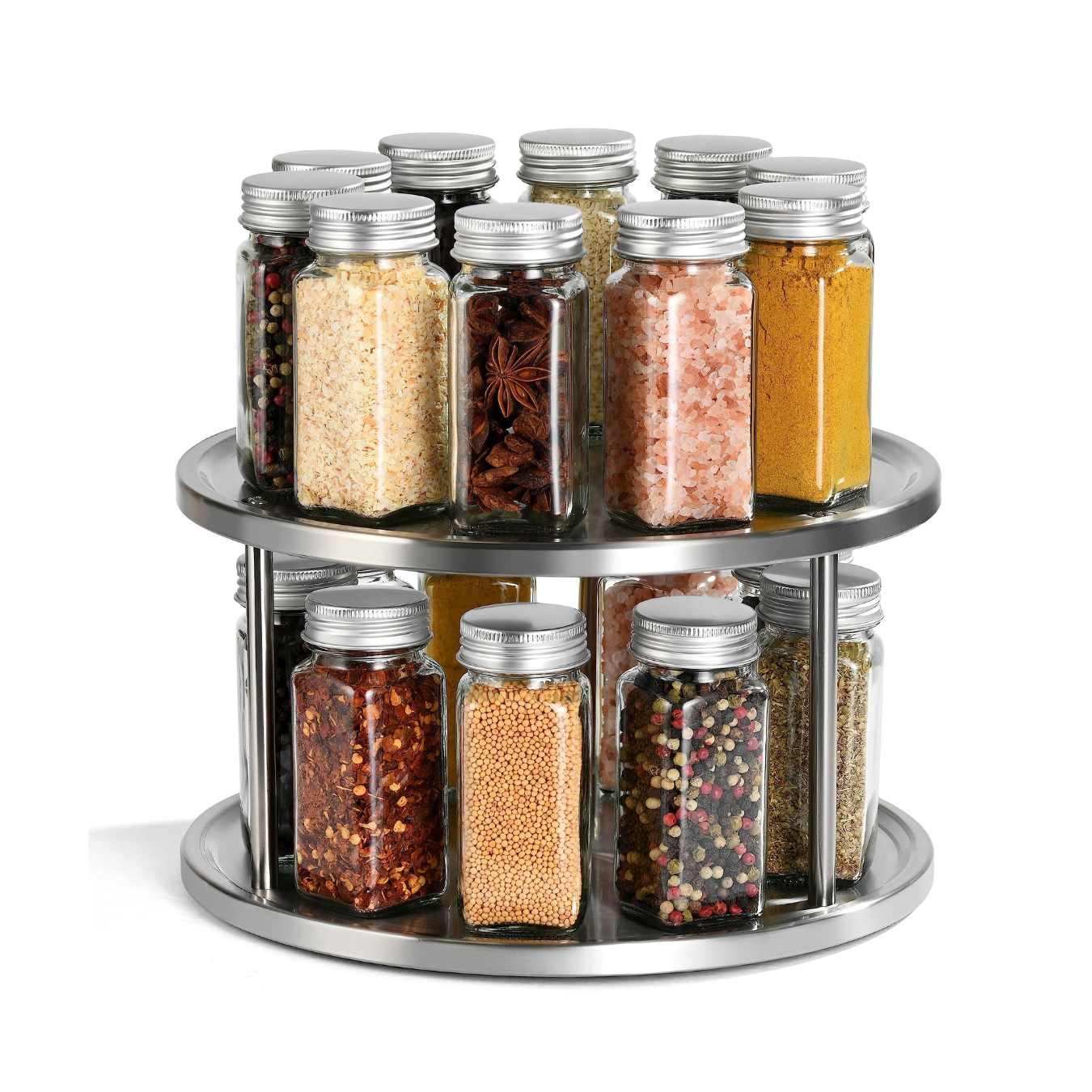

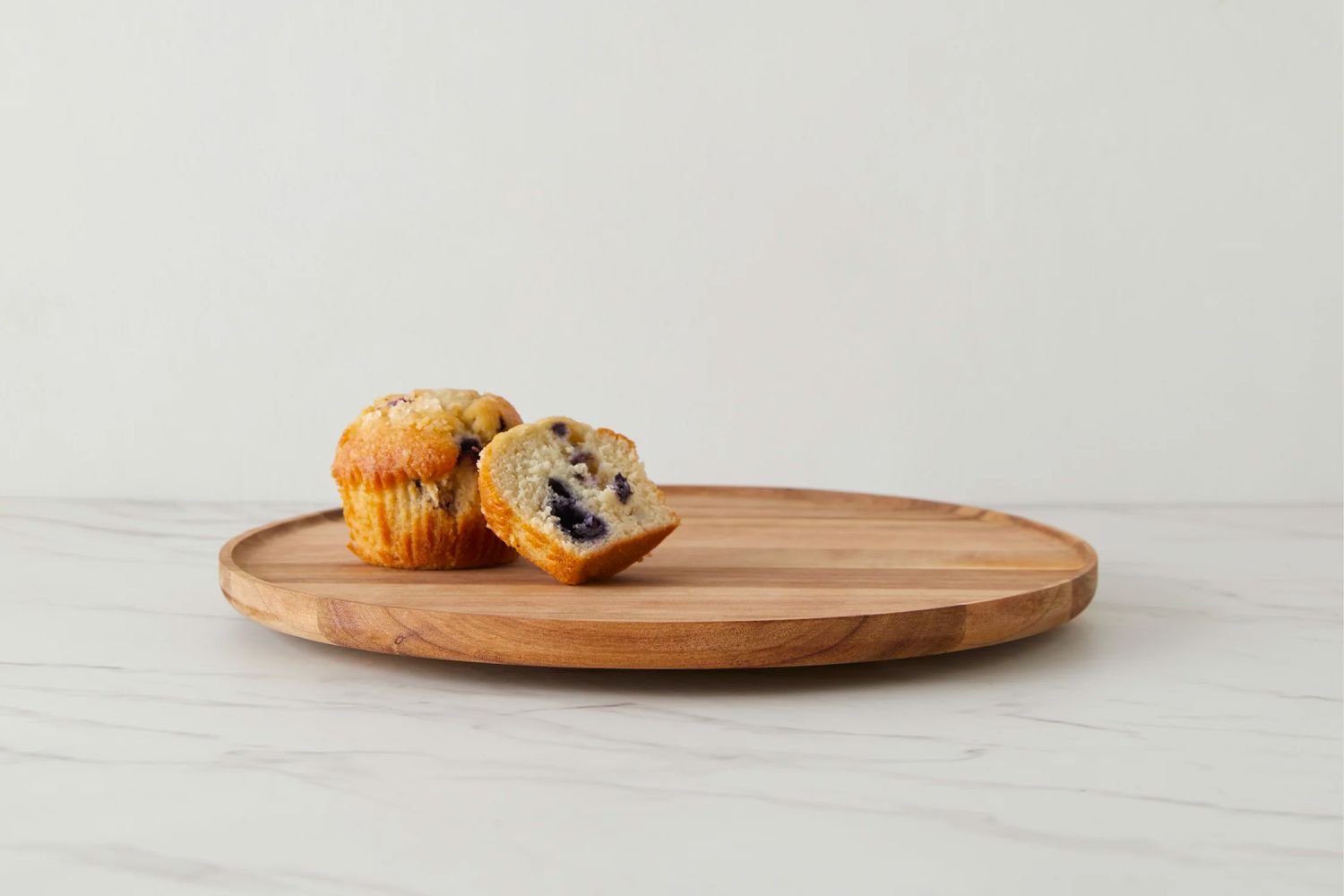

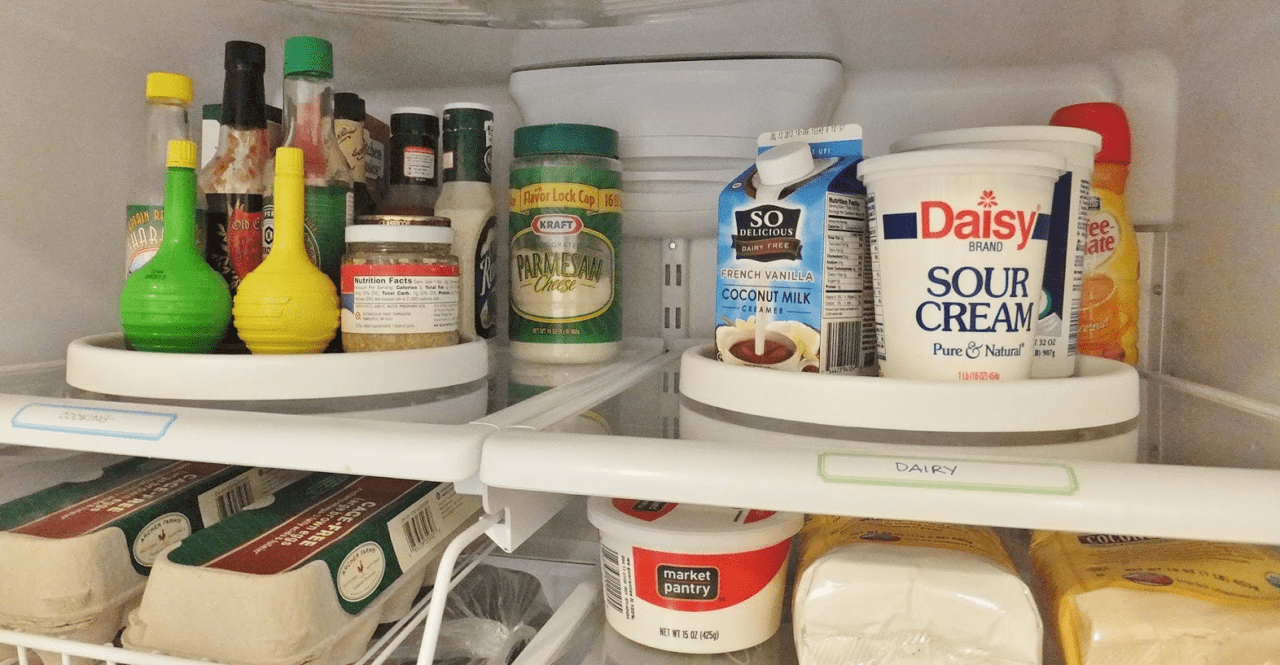
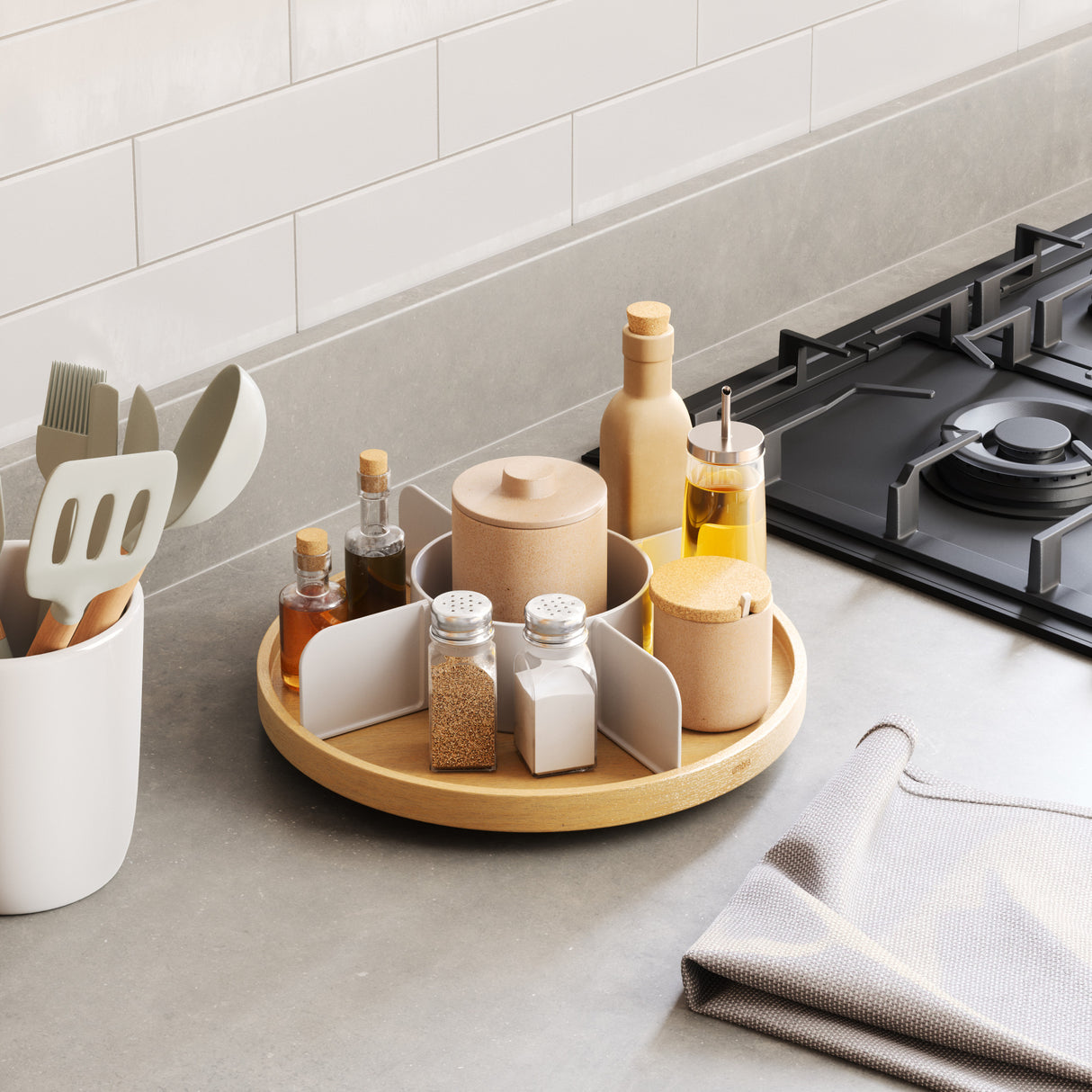

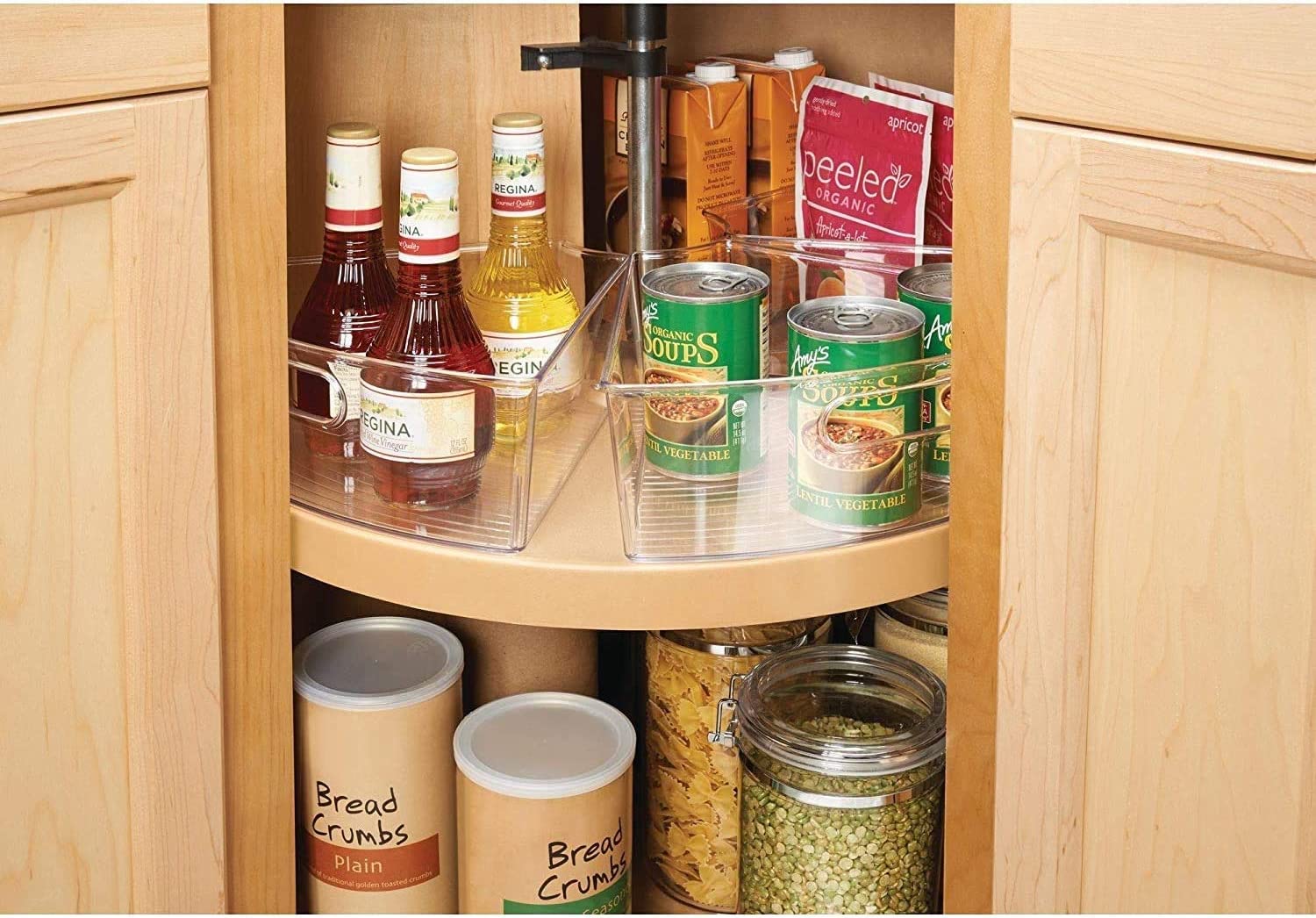
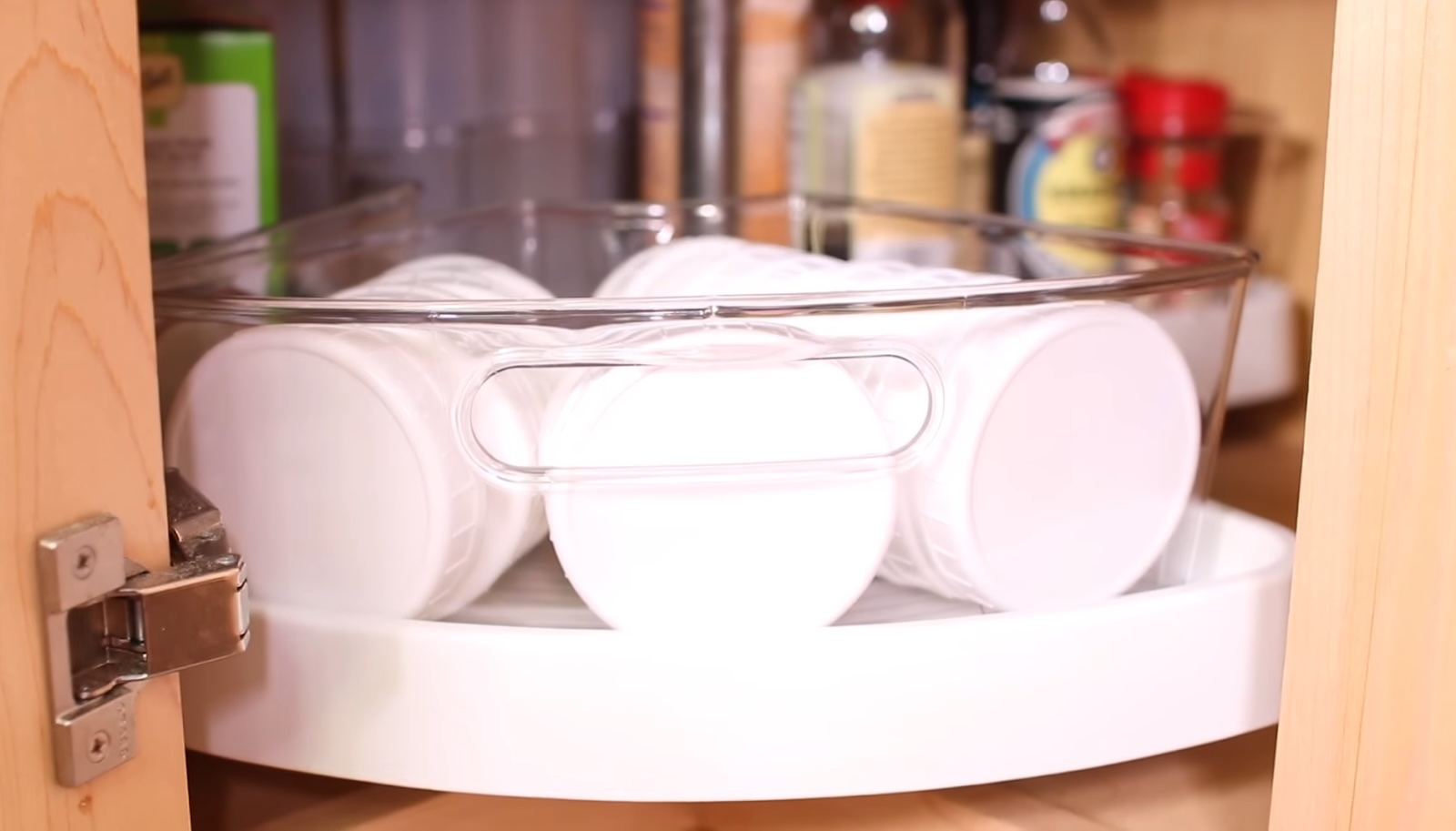

0 thoughts on “How To Baby Proof A Lazy Susan”